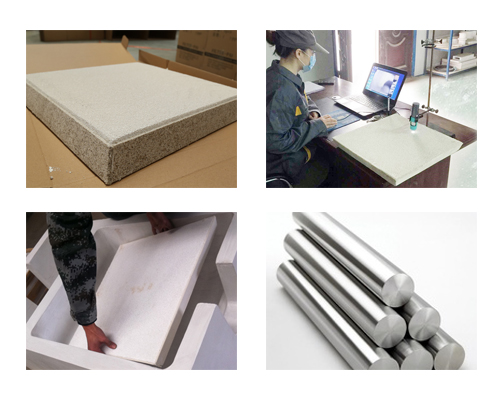Various melt refining technologies have continuously improved the quality of castings. One such process is the so-called ceramic foam filter for metal melt filtration, which has become the most advanced process, especially in aluminum casting operations.
The production of high-quality aluminum products requires extensive melt processing processes, especially with the increasing focus on recycling and sustainability. Filtration is a common process to remove non-metallic inclusions in aluminum, and ceramic foam filters (CFF) are commonly used as filter media.
The wetting behavior between liquid aluminum and a substrate made of industrial Al 2 O 3 and SiC-based ceramic foam filters (CFF) was studied. The same CFF filter was also tested in a factory-scale filtration experiment. The results of the wetting experiment show that the SiC-based filter material has a better wetting effect on liquid aluminum than the Al 2 O 3 -based filter material. This indicates that the improved wetting of aluminum on the filter material is an advantage of molten metal penetrating the filter during pouring. In addition, due to the better contact between the filter and the metal, the better wetting of the aluminum filter may increase the removal efficiency of inclusions during the filtration process. Unwetted inclusions are easier to remove.
In aluminum foundries, alumina ceramic foam filters are usually used to capture non-metallic inclusions. It is well documented that solid inclusions are captured and retained in the large pores of the filter at the metal-refractory interface. However, liquid inclusions seem to be captured and retained by two mechanisms: one is in the microporous structure of the filter mesh, and the other is as a liquid film at the metal-filter macroporous interface.
The role of Ceramic Foam Filter for Metal Melt Filtration
Filter inclusions in molten metal;
Rectification, turbulent metal liquid;
Improve the quality of castings and improve the surface defects of castings.

